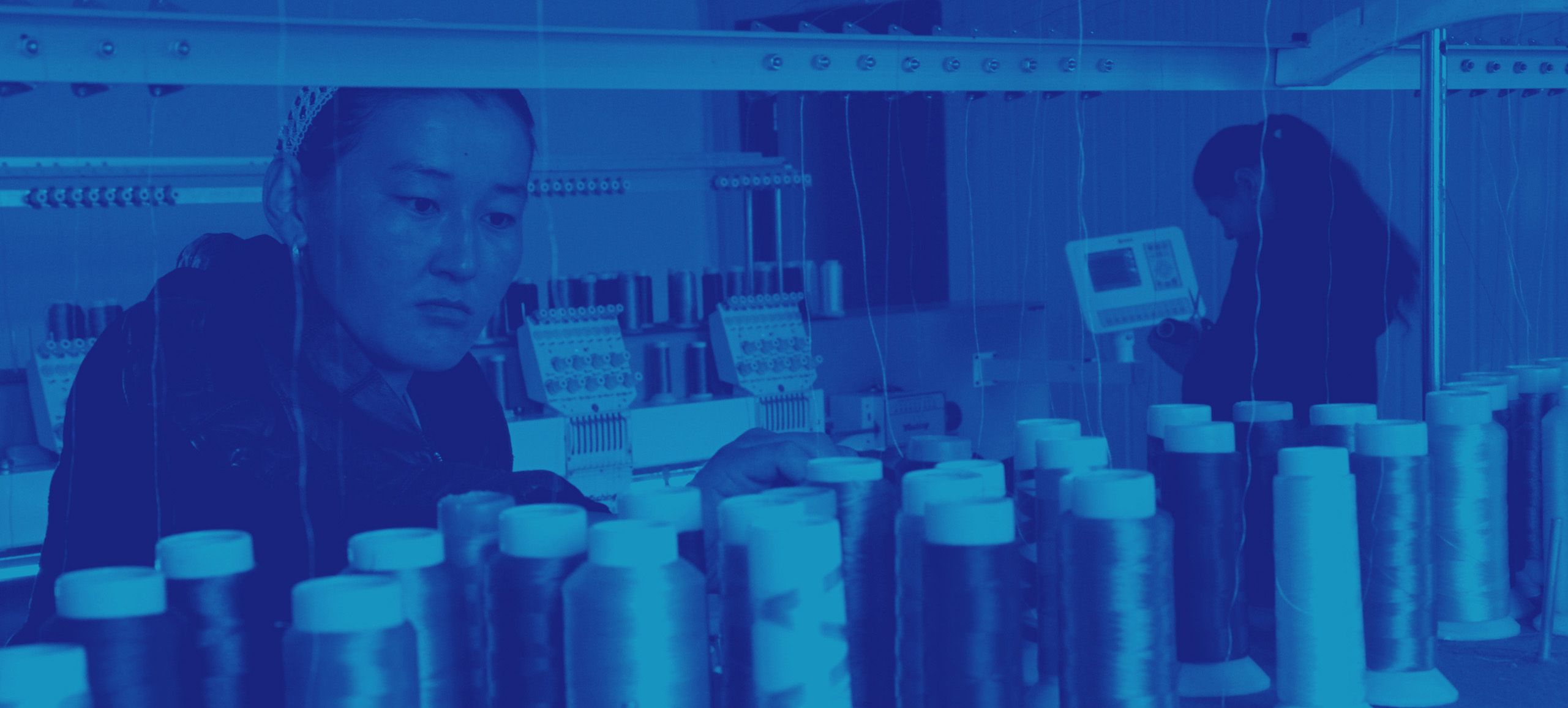-
SECTION A -
SECTION B Three foundations for rural youth development: productivity, connectivity and agency
-
SECTION C Overlapping settings at national, local and familial levels
-
SECTION D Constraints in the transition from dependence to independence
-
SECTION E Today’s unprecedented rate and nature of change
-
SECTION F Thinking differently about investing in rural youth
-
SECTION G Embedding rural youth policy and investments in broader rural development strategies

SECTION E
Today’s unprecedented rate and nature of change
Rural and structural transformation are happening faster today, and differently from in the past. Investments, policies and programmes centred on rural youth need to take the changes into account.
Three demographic changes are especially important.
- First, cities now house half the population of low- and middle-income countries. Rural-urban connections are increasingly essential to meet the demand from non-farm populations.
- Second, rural populations in developing countries have more than doubled since 1950 and increased four-fold in the least developed ones. Resulting growth of rural towns is reducing the literal and figurative distance between urban and rural areas.
- Third, in sub-Saharan Africa, the number of young people is still growing fast. The slow pace of their demographic transition may also hold back long-term growth.
FIGURE L
Mobile money provides youth in the least transformed countries with access to finance
Note: ST: structural transformation; RT: rural transformation. Youth: 15–24 years of age; adults: 25 years of age and over.
Source: Gasparri and Muñoz (2018) based on data from the World Bank (2017) adapted by the United Nations Capital Development Fund.
Digital change helps
In the past, many rural youths escaped poverty through work in labour-intensive manufacturing. Digital technologies are undermining that avenue. At the same time, they are creating new opportunities by making youth better connected, productive and independent.
More than 70 per cent of the population in sub-Saharan Africa, for example, is covered by mobile phone networks. This enhances access to information and speeds money transfers. New technologies such as drones enable precision agriculture, monitoring of crops and livestock, and more.
Investments are needed to drive down access costs and equip rural youth with the skills to benefit from these technologies. They also need education to avoid perils, such as too-easy debt. Most importantly, investments in fundamental capabilities of the countries are critical for rural youth to capitalize on these opportunities.
FIGURE M
Countries with the highest proportions of young people also depend heavily on agriculture and have the least capacity for coping with climate change
Note: ST: structural transformation; RT: rural transformation.
Source: Arndt et al. (2018).
But climate change hinders
Rural youth are likely to be disproportionately affected by climate change. That’s because countries with high youth populations are typically poor. They still rely heavily upon agriculture, which is among the sectors most vulnerable to climate change.
Youth in these countries typically have few options beyond agriculture. They also have little capacity to adapt because they often lack resources such as land, credit and insurance.
Investments in climate change adaptation must go hand-in-hand with investments in skills for rural youth. This will improve their ability to adapt to new production environments. In this way, they can rise to the challenge.
